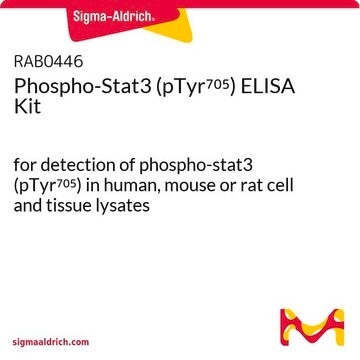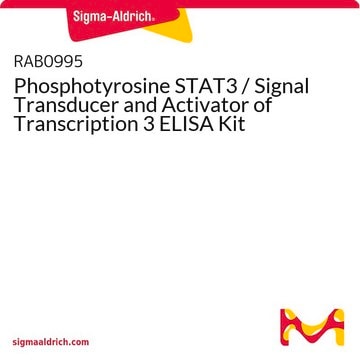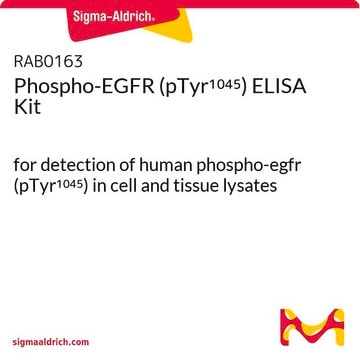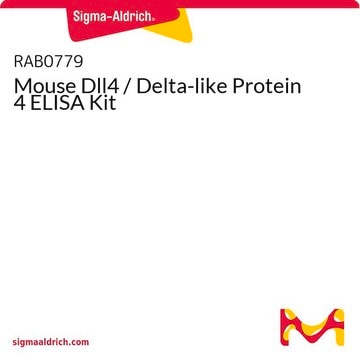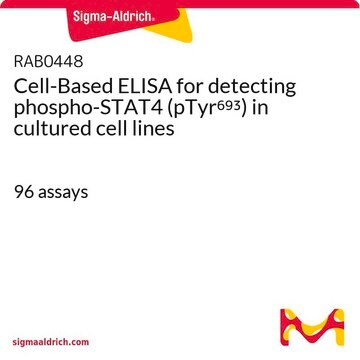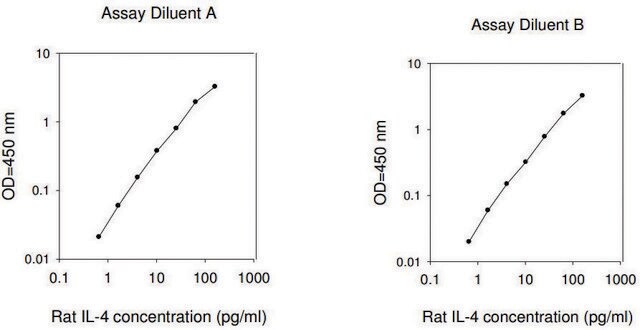RAB0447
Phospho-Stat3 (pTyr705) and pan-Stat3 ELISA Kit
for detection of phospho-stat3 (pTyr705) and pan-stat3 in human, mouse or rat cell and tissue lysates
About This Item
Produits recommandés
Espèces réactives
human, mouse, rat
Technique(s)
ELISA: suitable
capture ELISA: suitable
Conditions d'expédition
wet ice
Température de stockage
−20°C
Informations sur le gène
human ... STAT3(6774)
mouse ... STAT3(20848)
rat ... STAT3(25125)
Catégories apparentées
Description générale
Immunogène
Application
Mention d'avertissement
Warning
Mentions de danger
Conseils de prudence
Classification des risques
Met. Corr. 1
Code de la classe de stockage
8B - Non-combustible corrosive hazardous materials
Classe de danger pour l'eau (WGK)
WGK 3
Point d'éclair (°F)
Not applicable
Point d'éclair (°C)
Not applicable
Certificats d'analyse (COA)
Recherchez un Certificats d'analyse (COA) en saisissant le numéro de lot du produit. Les numéros de lot figurent sur l'étiquette du produit après les mots "Lot" ou "Batch".
Déjà en possession de ce produit ?
Retrouvez la documentation relative aux produits que vous avez récemment achetés dans la Bibliothèque de documents.
Notre équipe de scientifiques dispose d'une expérience dans tous les secteurs de la recherche, notamment en sciences de la vie, science des matériaux, synthèse chimique, chromatographie, analyse et dans de nombreux autres domaines..
Contacter notre Service technique